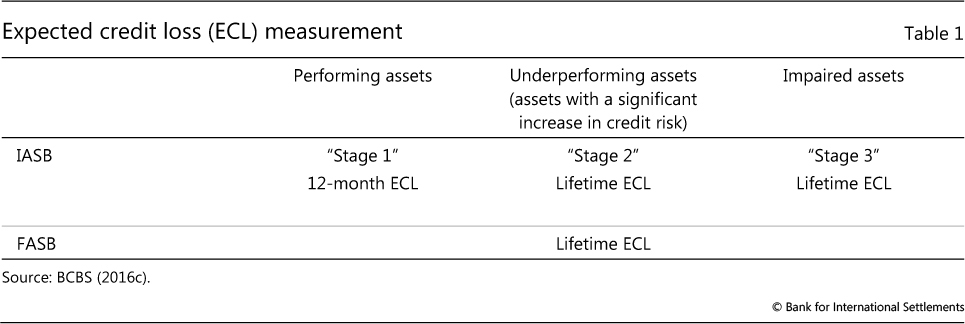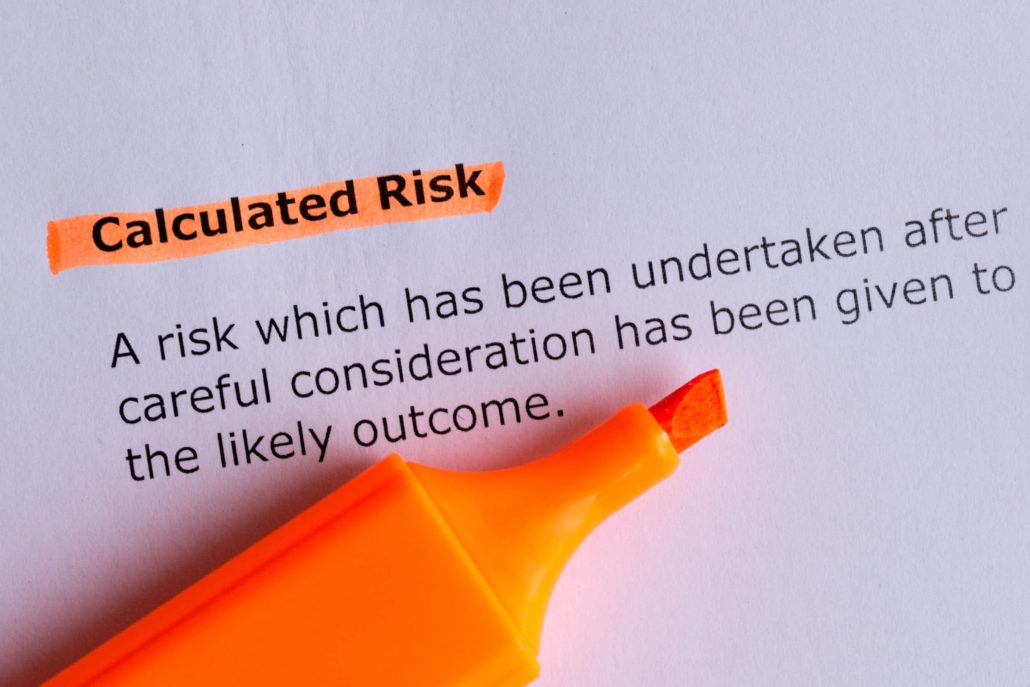Understanding Expected Loss: The Key to Informed Decision-Making
In the realm of risk management, understanding expected loss is crucial for making informed decisions. Expected loss, a fundamental concept in risk assessment, represents the potential financial impact of a risk event. It’s a critical metric that helps individuals and businesses alike to evaluate the likelihood and potential consequences of a risk, enabling them to develop effective strategies to mitigate or manage it. By grasping the concept of expected loss, organizations can better allocate resources, prioritize risks, and optimize their risk management efforts. In essence, understanding expected loss is the first step in developing a robust risk management framework. To effectively calculate expected loss, it’s essential to comprehend the underlying variables involved, including probability, impact, and asset value. This calculation enables organizations to quantify potential losses and make informed decisions about risk mitigation strategies. In this article, we’ll delve into the intricacies of calculating expected loss, providing a step-by-step guide to help you master this critical risk management technique.
The Formula for Calculating Expected Loss: A Breakdown
The formula for calculating expected loss is a fundamental concept in risk management, and it’s essential to understand its components to accurately quantify potential losses. The expected loss formula is as follows: Expected Loss (EL) = Probability (P) x Impact (I) x Asset Value (AV). This formula provides a structured approach to calculating expected loss, enabling organizations to evaluate the likelihood and potential consequences of a risk event. To apply this formula in different scenarios, it’s crucial to understand how to estimate each variable. Probability represents the likelihood of a risk event occurring, impact refers to the consequences of the event, and asset value is the worth of the asset at risk. By grasping the intricacies of this formula, individuals and businesses can learn how to calculate expected loss and make informed decisions about risk mitigation strategies. In the following sections, we’ll delve into the details of each variable, providing a comprehensive guide to calculating expected loss.
Identifying and Assessing Risks: The First Step in Calculating Expected Loss
Before calculating expected loss, it’s essential to identify and assess the risks that could potentially impact an organization. Risk identification involves recognizing potential threats, opportunities, or vulnerabilities that could affect an organization’s assets, operations, or reputation. This step is critical, as it lays the foundation for the entire risk management process. Common risk assessment methods include risk matrices, SWOT analysis, and failure mode and effects analysis (FMEA). These methods help organizations to categorize risks based on their likelihood and potential impact, enabling them to prioritize and focus on the most critical risks. Effective risk assessment also involves identifying the root causes of risks, as well as the potential consequences of each risk event. By understanding the risks that an organization faces, individuals and businesses can develop targeted strategies to mitigate or manage those risks, ultimately reducing the likelihood of expected loss. In the next section, we’ll explore how to determine probability, a critical component of expected loss.
How to Determine Probability: A Critical Component of Expected Loss
Determining probability is a crucial step in calculating expected loss, as it represents the likelihood of a risk event occurring. Probability is typically expressed as a decimal value between 0 and 1, where 0 represents an impossible event and 1 represents a certain event. There are several methods for estimating probability, including historical data analysis, expert judgment, and simulation. Historical data analysis involves reviewing past events to estimate the frequency and likelihood of similar events occurring in the future. Expert judgment, on the other hand, relies on the opinions and expertise of individuals who have knowledge of the risk event. Simulation involves using statistical models to simulate different scenarios and estimate the probability of each outcome. By accurately determining probability, individuals and businesses can better understand the likelihood of a risk event occurring and make informed decisions about risk mitigation strategies. In the next section, we’ll explore how to calculate impact, another critical component of expected loss.
Calculating Impact: Understanding the Consequences of a Risk Event
Calculating impact is a critical step in calculating expected loss, as it represents the potential consequences of a risk event. Impact can be categorized into three main types: financial, operational, and reputational. Financial impact refers to the potential monetary losses resulting from a risk event, such as damage to assets or loss of revenue. Operational impact refers to the potential disruption to business operations, such as supply chain disruptions or system failures. Reputational impact refers to the potential damage to an organization’s reputation, such as negative publicity or loss of customer trust. To calculate impact, individuals and businesses can use various methods, including scenario analysis, decision trees, and sensitivity analysis. These methods help to estimate the potential consequences of a risk event and prioritize risk mitigation strategies. By accurately calculating impact, individuals and businesses can better understand the potential consequences of a risk event and make informed decisions about risk management. In the next section, we’ll explore how to determine asset value, the final piece of the expected loss puzzle.
Asset Value: The Final Piece of the Expected Loss Puzzle
Determining asset value is the final step in calculating expected loss, as it represents the value of the asset that is at risk. Asset value can be estimated using various methods, including financial statements, market data, and industry benchmarks. Financial statements, such as balance sheets and income statements, provide a snapshot of an organization’s financial position and can be used to estimate the value of assets. Market data, such as stock prices and market indices, can also be used to estimate asset value. Industry benchmarks, such as industry averages and best practices, can provide a basis for estimating asset value. Additionally, asset valuation models, such as the cost approach, market approach, and income approach, can be used to estimate asset value. By accurately determining asset value, individuals and businesses can complete the expected loss calculation and make informed decisions about risk management. In the next section, we’ll explore real-world examples of calculating expected loss in different scenarios.
Real-World Examples of Calculating Expected Loss
Now that we’ve covered the individual components of calculating expected loss, let’s explore some real-world examples of how this concept is applied in different scenarios. In cybersecurity, expected loss is used to quantify the potential financial impact of a data breach. For instance, a company may estimate the probability of a breach at 20%, the impact at $1 million, and the asset value at $5 million, resulting in an expected loss of $100,000. In supply chain management, expected loss is used to assess the risk of inventory disruptions. For example, a retailer may estimate the probability of a supplier failure at 15%, the impact at $500,000, and the asset value at $2 million, resulting in an expected loss of $75,000. In investment analysis, expected loss is used to evaluate the potential risks and returns of different investment opportunities. For instance, an investor may estimate the probability of a stock price decline at 30%, the impact at $10,000, and the asset value at $50,000, resulting in an expected loss of $3,000. These examples demonstrate the practical application of calculating expected loss in various industries and scenarios.
Common Mistakes to Avoid When Calculating Expected Loss
When calculating expected loss, it’s essential to avoid common mistakes that can lead to inaccurate results and poor decision-making. One common mistake is underestimating or overestimating probability, which can be avoided by using a combination of historical data, expert judgment, and simulation. Another mistake is failing to consider all potential impacts, including financial, operational, and reputational consequences. Additionally, asset valuation errors can occur when using outdated financial statements, market data, or industry benchmarks. Furthermore, failing to update expected loss calculations regularly can lead to outdated risk assessments. It’s also important to avoid using simplistic or overly complex models, as they can lead to inaccurate results. By being aware of these common mistakes, individuals and businesses can ensure that their expected loss calculations are accurate and reliable, ultimately leading to better risk management and decision-making.






